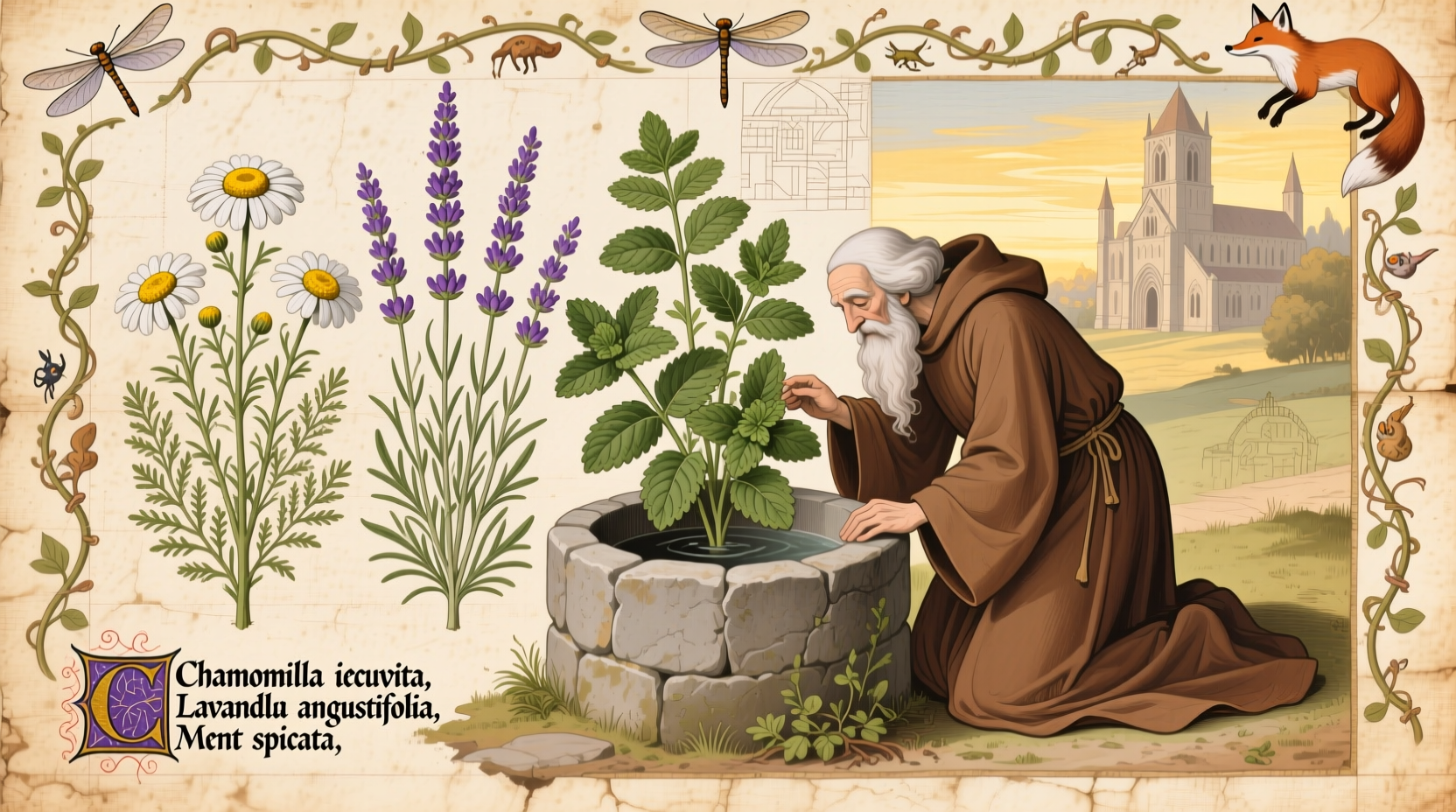When you search for “Simon Garfunkel parsley sage,” you're likely seeking the meaning behind the iconic lyrics from one of music's most enduring folk songs. This phrase isn't about gardening or culinary uses—it's the heart of Simon & Garfunkel's haunting 1966 recording that transformed a centuries-old English ballad into a cultural touchstone. Understanding why these specific herbs were chosen reveals a fascinating intersection of medieval symbolism, folk tradition, and 1960s counterculture.
The Song's Historical Journey
“Scarborough Fair” originated as a traditional English ballad dating back to the Middle Ages, long before Simon & Garfunkel recorded their version for the 1966 album Parsley, Sage, Rosemary and Thyme. The song describes a series of impossible tasks a lover must complete to win back their beloved—tasks like making a shirt without seams or finding an acre of land between the salt water and the sea strands.
| Historical Period | Key Development | Significance |
|---|---|---|
| Medieval Era (1250-1500s) | Original ballad composition | Herbs referenced carried specific symbolic meanings in folk medicine and love rituals |
| 18th-19th Century | Ballad spread across England and Scotland | Multiple regional variations emerged with slightly different lyrics |
| 1940s-1950s | Alan Lomax collects field recordings | Preserved traditional versions that inspired 1960s folk revival |
| 1966 | Simon & Garfunkel release their adaptation | Combined traditional melody with anti-war “Canticle” counterpoint |
Why Parsley, Sage, Rosemary and Thyme?
Each herb mentioned in the song carried specific symbolic meaning in medieval European tradition, creating a coded message within the lyrics:
- Parsley: Symbolized death and remembrance—often used in funeral rites and placed on graves
- Sage: Represented wisdom, longevity, and protection—believed to strengthen memory and preserve youth
- Rosemary: Signified remembrance and fidelity—traditionally worn at weddings and funerals
- Thyme: Embodied courage and strength—given to knights before battle for bravery
These symbolic meanings transformed the simple listing of herbs into a complex message about the nature of love, loss, and the impossible tasks lovers set for one another. When Simon & Garfunkel chose to title their 1966 album Parsley, Sage, Rosemary and Thyme, they were directly referencing this rich historical context while positioning their music within the folk revival movement.

Common Misinterpretations Clarified
Many listeners mistakenly believe Simon & Garfunkel created the original song or that the herbs reference specific counterculture symbolism from the 1960s. In reality, their version was a careful adaptation of traditional folk material. The duo learned the song from British folk singer Martin Carthy, who had collected traditional versions during the folk revival of the 1950s and 1960s.
Another frequent misconception is that the herbs represent specific political or social messages relevant to the 1960s anti-war movement. While Simon & Garfunkel did incorporate their “Canticle” counterpoint lyrics to address contemporary issues, the herb symbolism itself predates the 20th century by centuries.
Practical Applications for Modern Listeners
Understanding the historical context of “Scarborough Fair” enhances your appreciation of Simon & Garfunkel's artistry in several practical ways:
- Deeper lyrical analysis: Recognize how the medieval symbolism of each herb reinforces the song's themes of impossible tasks and enduring love
- Historical listening: When you hear the line “Remember me to one who lives there,” you're connecting with a tradition that spans over 700 years of European folk music
- Cultural literacy: Identify references to this song in modern media, from The Graduate film soundtrack to contemporary covers by artists like Led Zeppelin and Pearl Jam
- Musical appreciation: Notice how Simon & Garfunkel's harmonies transform the simple folk melody into a complex emotional experience that resonated with 1960s audiences
When Historical Context Matters Most
The symbolic meaning of these herbs applies specifically to medieval European folk traditions and the folk revival movement of the mid-20th century. Modern interpretations shouldn't conflate these historical meanings with contemporary herbalism or New Age symbolism. The song's power comes from understanding it within its proper historical framework—neither over-interpreting the 1960s context nor projecting modern herbal meanings onto medieval symbolism.
Academic research from the Smithsonian Center for Folklife and Cultural Heritage confirms that traditional ballads like “Scarborough Fair” served as cultural vessels preserving historical knowledge through generations. Similarly, the British Library's digital collection documents multiple 19th-century manuscript versions showing consistent herb references across regional variations.
Enduring Cultural Impact
Simon & Garfunkel's version brought this medieval ballad to a global audience, selling over 10 million copies worldwide and becoming one of the most recognizable folk songs in history. The song's inclusion in the 1967 film The Graduate cemented its place in cultural history, introducing the traditional melody to a generation that connected its themes of alienation and impossible tasks with the social upheaval of the 1960s.
Today, “Scarborough Fair/Canticle” continues to influence musicians across genres, from classical arrangements to rock interpretations. Its enduring appeal lies in the perfect marriage of ancient symbolism with timeless themes of love, loss, and the human condition—all encapsulated in four simple herbs that carried profound meaning across centuries.











 浙公网安备
33010002000092号
浙公网安备
33010002000092号 浙B2-20120091-4
浙B2-20120091-4